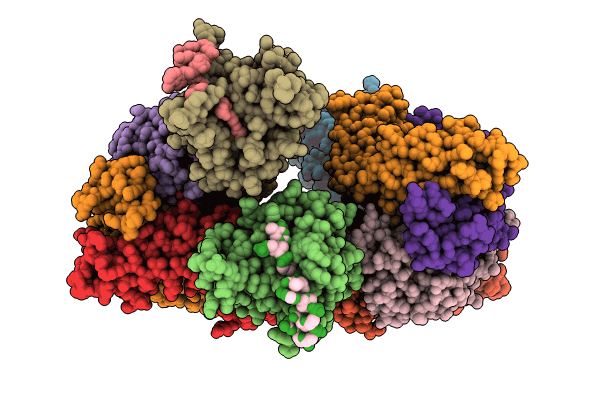
Deposition Date
2023-06-06
Release Date
2024-01-24
Last Version Date
2024-11-13
Entry Detail
PDB ID:
8JNK
Keywords:
Title:
Crystal structure of human ALKBH3 bound to ssDNA through active site crosslink
Biological Source:
Source Organism:
Homo sapiens (Taxon ID: 9606)
Host Organism:
Method Details:
Experimental Method:
Resolution:
2.69 Å
R-Value Free:
0.22
R-Value Work:
0.21
R-Value Observed:
0.21
Space Group:
C 1 2 1


